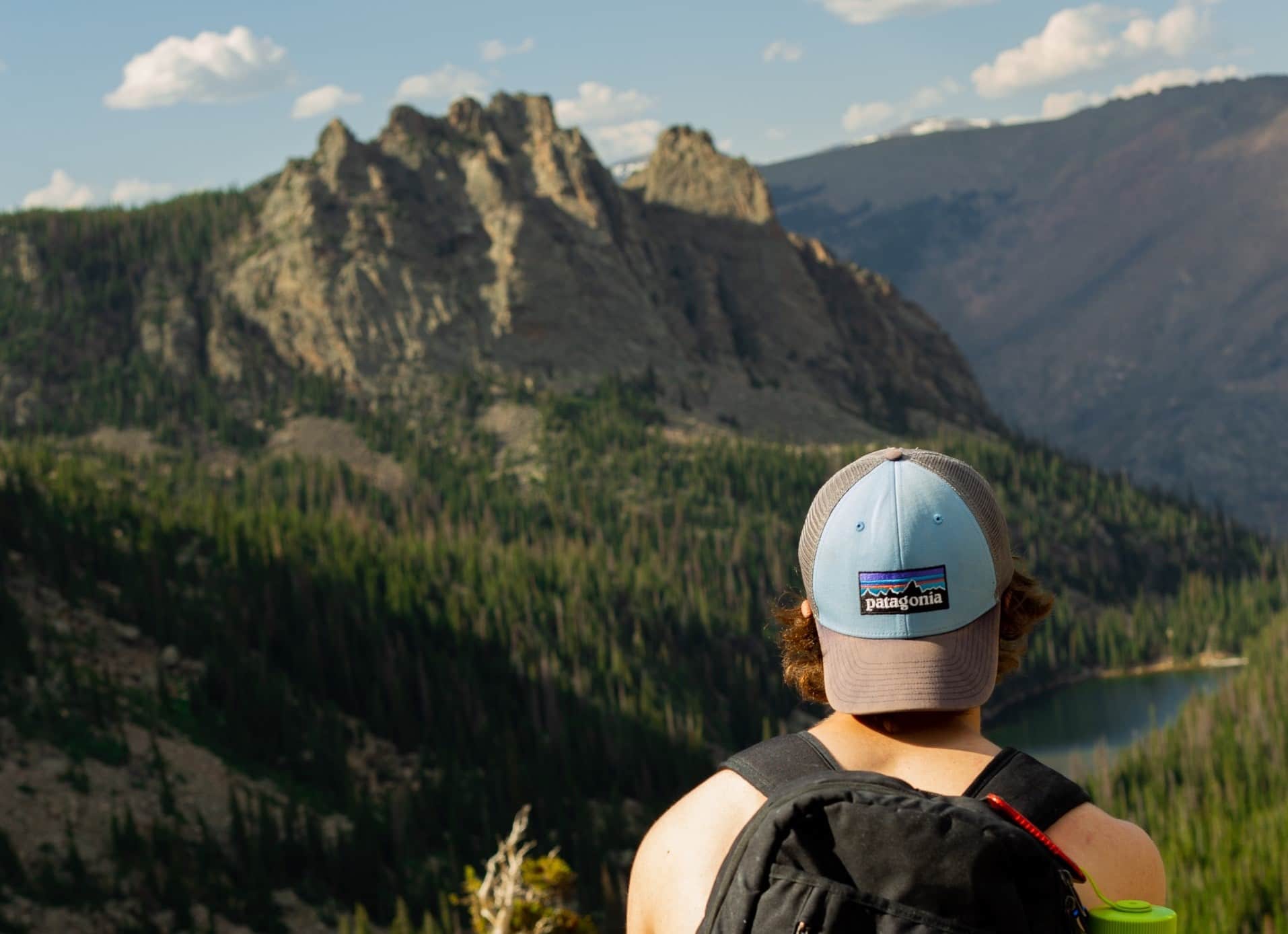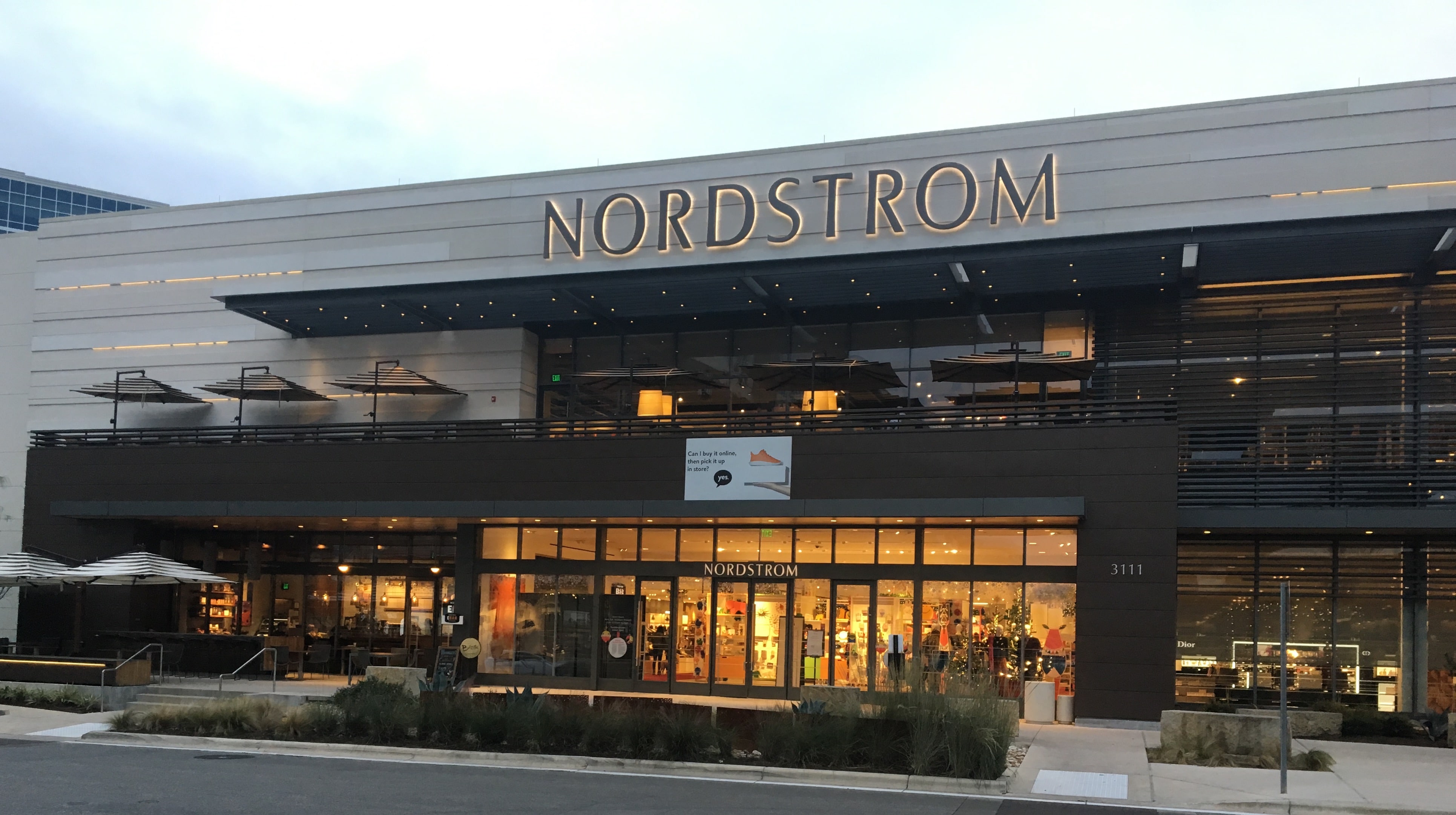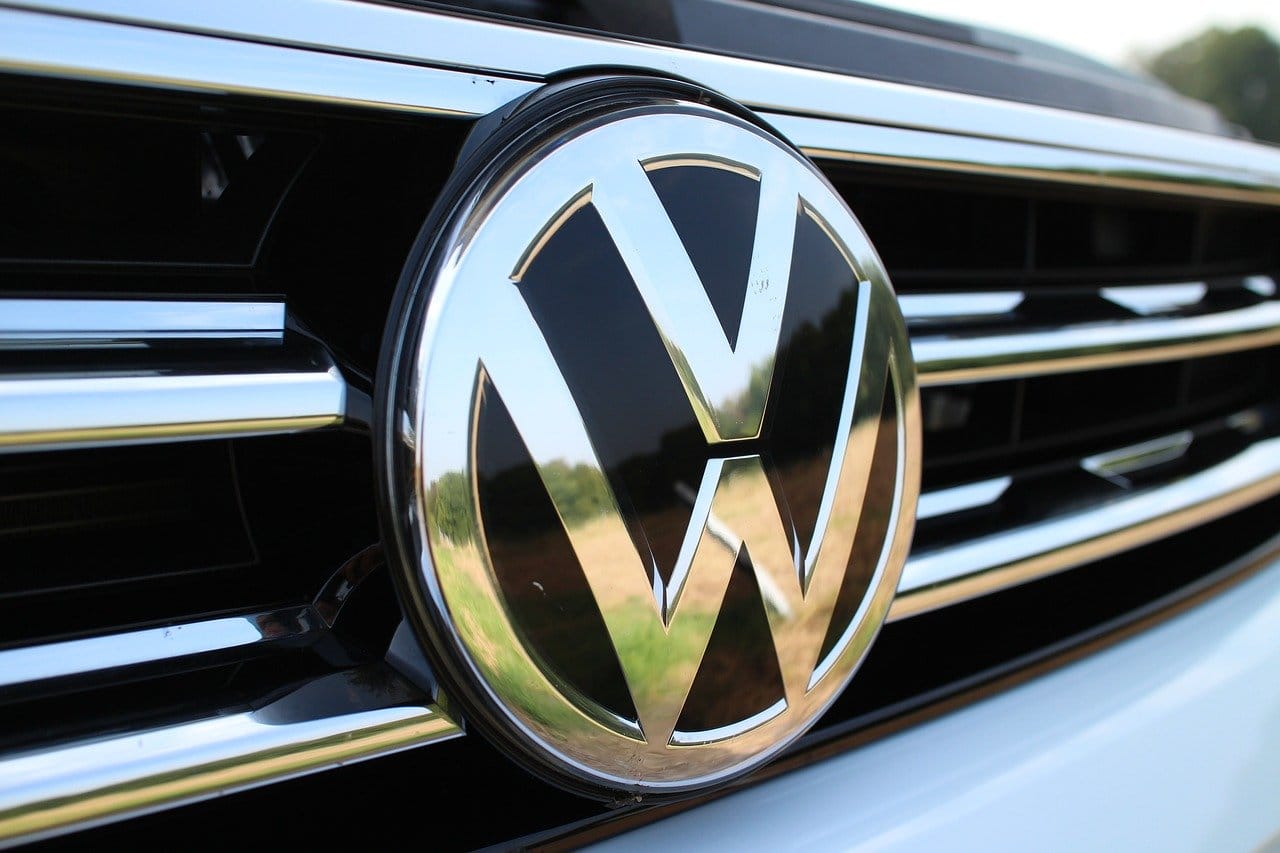Company: Patagonia, Inc.
CEO: Ryan Gellert
Founder: Yvon Chouinard
Year founded: 1973
Headquarters: Ventura, California, United States
Employees (2020): 1,000
Type: Private
Annual Revenue (FY2019): US$800 Million
Products & Services: Outdoor Apparel | Outdoor Shoes | Backpacks | Sleeping Bags | Sporting Goods | Sporting Equipment | Bicycles | Bicycle Parts | Accessories | Camping Food | Second Hand Cloths | Outdoor Gear
Competitors: North Face | Marmot | Amer Sports | Columbia Sportswear | Canada Goose | L.L. Bean | Farfetch | Burton | Arc’teryx | Carve Designs | Carhartt | KEEN | Belstaff | Scheels | Osprey | Nike | Adidas | Under Armour
Fun Fact: To reduce its environmental impact, Patagonia launched a ‘buy less’ campaign to discourage customers from purchasing its new outdoor clothes and encouraged them to seek second-hand from previous buyers. Putting the environment ahead of profits attracted millions of new customers leading to higher sales.
Patagonia Inc. is the most admired retailer because of its integrity and eco-conscious operational philosophy. By prioritizing consumers, employees, the environment, and communities over and above profits, Patagonia has grown to become one of the biggest players in the outwear retail sector.
We can learn a lot from the Patagonia SWOT analysis.
Patagonia’s Strengths
- Purpose-driven Strategies: With increasing social consciousness among consumers, the impact of brands is as important to consumers as the actual product. Patagonia uses the 5Ps strategy by including Purpose in its 4Ps; product, price, place, and promotion.
- Private Ownership: Being a privately-owned business offers Patagonia several advantages over public competitors. For instance, the company can change its strategies quickly without having to go through several investors and oversight boards.
- Excellent Philosophy: Patagonia’s business is anchored on a “buy less, buy quality” philosophy, which encourages its customers to invest in used versions of its brands instead of buying new. This philosophy enabled the company to increase its revenue by about 30%.
- Great H.R. Strategies: Employee-first strategies enhances morale, efficiency, and productivity of the workforce. Even though Patagonia closed in its stores indefinitely due to the virus, the company has continued to pay employees their regular salaries.
- Excellent Reputation: Since its founding, Patagonia has focused on aligning its core operation with special causes that matter to the consumer. Its obsession with sustainable consumption of resources has contributed to the climb to the top.
- Eco-Friendly Operations: With the increasing number of eco-conscious consumers, eco-friendly companies are perfectly positioned to exploit this market. Patagonia is the eco-friendliest retailer and commits 1% of its revenue to environmental groups via One Percent for the Planet.
- Effective Marketing: To grab the attention of the audience, marketing content should convey the desires of the target audience. The company exploits the growing eco-consciousness among consumers through campaigns like Global Climate Strike.
- Community-Centric: Putting the interests of the community above profits is an effective way for companies to endear themselves to consumers. In 2018, Patagonia donated $10 million from President Trump’s tax cuts to community-based environmentalists and activists.
- Loyal Customers: By prioritizing the environment and communities over profits, Patagonia has nurtured a strong and loyal customer base.
Patagonia’s Weaknesses
- Weak e-Commerce: While other retailers have prioritized the adoption of e-Commerce, Patagonia continues to struggle to increase online sales. This is a major weakness, particularly in the current pandemic-stricken society where consumers prefer to shop online.
- Reliance on Suppliers: Just like any other clothing company, Patagonia also relies on suppliers from Asia. Even though the company ensures each supplier abides with its rules and philosophy, it is still exposed to a wide array of supply chain issues that come with over-reliance.
- Low Market Presence: Patagonia has 37 stores spread across the US, 2 stores in Canada, a few stores in several countries around the world. The retailer’s low market presence means that many customers are forced to go to competitors just because they can’t find a Patagonia store near them.
- Engaging in Politics: Even though social activism is vital in advancing the well-being of the community, it exposes the company to the toxicity of politics. The founder is one of the critics of Trump’s administration, which can push conservatives away from Patagonia.
- Dependence on the US Market: Patagonia depends heavily on the US retail market, which exposes the company to the vulnerabilities of the market.
Patagonia’s Opportunities
- Strengthen Market Presence: Patagonia has 37 stores scattered across around 20 states in the US. Building more stores will strengthen its presence in the market and allow the company to capture and serve more customers.
- Expand Globally: The outdoor retailer only operates in the US and Canada yet there is a high demand for outdoor apparel across the world. By expanding globally, Patagonia will benefit from having several regional streams of revenue.
- Exploit e-Commerce Channels: Consumers of outdoor apparel prefer to shop online, which offers the company an opportunity for growth. It can exploit e-commerce channels more effectively to increase online sales.
- Extend Product Line: Patagonia offers outdoor apparel and other outdoor-related products. The retailer can extend the product line to include everyday clothes, sportswear, and second-hand clothes.
Patagonia’s Threats
- Climate Change: Patagonia’s products are made from natural products like features and wool, which makes it highly vulnerable to climate change. The availability of these raw materials will become increasingly challenging due to prolonged droughts and flooding.
- Looming Recession: Countries across the world are sliding deeper into recession. In times of economic hardship, consumers reduce their expenditure on nonessentials like Patagonia’s outdoor offerings.
- Declining Retail Sector: In the past five years, the retail sector was on the decline and was accelerated by the pandemic. The decline threatens Patagonia’s profitability and long-term sustainability.
- Global Pandemic: Patagonia was forced to close its stores and lose millions due to the pandemic. The possibility of a second wave of the virus threatens its revenue and profits once more.
- Stiff Competition: Just like any sector, the outdoor apparel retail sector has several players like North Face, L.L. Bean, Osprey, and so on who compete against Patagonia for market share.
References
- Sonsev, V. (2019, November 27). Patagonia’s Focus On Its Brand Purpose Is Great For Business. Forbes
- Sasso, E. (2019, November 18). Is governance the unexplored secret behind Patagonia’s business success? Green Biz
- Morin, C. (2020, January 29). Patagonia’s Customer Base and the Rise of an Environmental Ethos. CRM
- Yakowicz, W. (2020, March 16). At Billionaire-Owned Patagonia Outdoor Clothing Chain, Employees To Be Paid Despite Store Closures Amid Coronavirus. Forbes
- Semuels, A. (2019, September 23). Patagonia Is Climbing to the Top and Reimagining Capitalism Along the Way. Time
- Marquis, C. (2020, May 15). Patagonia Is Climbing to the Top and Reimagining Capitalism Along the Way. Forbes
- Beer, J. (2019, September 19). Patagonia enlists teen activists to speak out for the Global Climate Strike campaign. Fast Company.
- Angel Au-Yeung, A. (2018, November 29). Patagonia’s Billionaire Founder To Give Away The Millions His Company Saved From Trump’s Tax Cuts To Save The Planet. Forbes
- Fisk, P. (2019, May 4). Loyalty beyond points … Patagonia finds a better way to engage its consumers in what they care about. Genius Works
- Au-Yeung, A. (2020, April 23). Outdoor Clothing Chain Patagonia Starts Selling Online Again After Unusual Decision To Pause Its E-Commerce Due To Pandemic. Forbes
- org (2017, April 20). The Need for Supply Chain Transparency in the Garment and Footwear Industry. Human Rights Watch
- Fernandez, C. (2020, March 13). Patagonia Is Closing Its Doors for at Least Two Weeks. Business of Fashion
- Wolf, C. (2018, December 12, 2017). Patagonia’s Anti-Trump Statement Was Massively Good for Business. GQ
- Franck, T. (2019, October 16). US retail sales unexpectedly decline in a sign that consumer economy could be cracking. CNBC
- Halkias, M. (2019, December 18). Patagonia, a retailer that’s against rampant consumerism, is coming to Deep Ellum. Dallas News
- Report Buyer. (2019, January 23). Outdoor Clothing Market – Global Industry Analysis. PR News
- Guyduy, M. (2018, January 30). More U.S. Apparel Consumers are Opting for Online When it Comes to Outerwear Purchases, Reports NPD’s Checkout. NPD
- Hood, G. (2019, November 14). Patagonia Launches Pop-Up Store To Sell Used Clothing In Boulder. CPR News
- Sebastio, F. (2018, March 27). Climate change is threatening the garment industry. Green Biz
- Taylor, J. (2020, April 2). This crisis is different: E-commerce, coronavirus and the looming recession. Smart Company
- Roper, W. (2020, May 19). COVID Accelerates Declining Retail Industry. Statista
- Thomas, L. (2020, March 13). Patagonia is closing all of its stores and shutting down its website because of the coronavirus. CNBC
- Timbrook, R. (2020, March 3). North Face vs. Patagonia: Who Makes The Best Outdoor Gear? Expert World Travel
- Featured image Charles DeLoye on Unsplash
Tell us what you think? Did you find this article interesting?
Share your thoughts and experiences in the comments section below.












Add comment